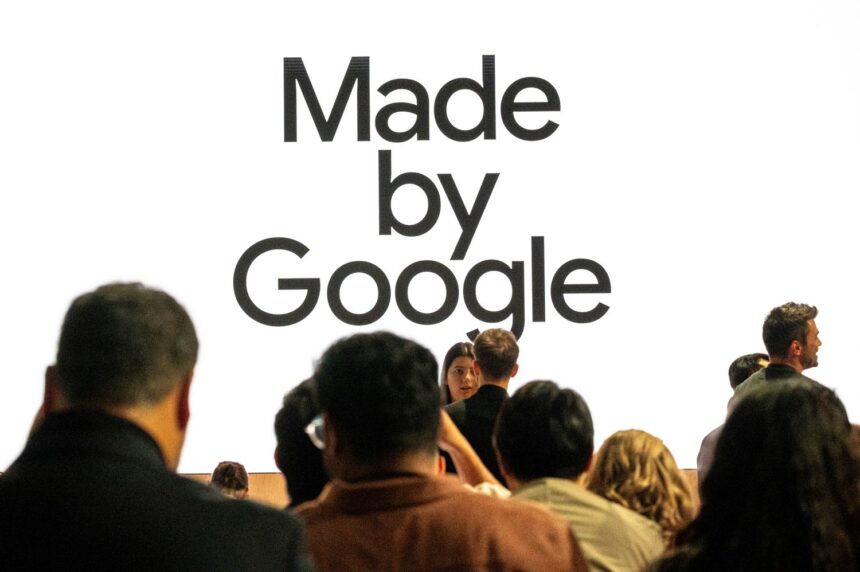Google has once again shaken up the tech world with the unveiling of its latest hardware and AI innovations. The new Pixel 9 lineup, the second-generation Pixel Buds Pro, and the updated Pixel Watch 3 are set to hit the market soon, and they come packed with upgrades that are bound to excite tech enthusiasts and casual users alike. This release marks a continuation of Google’s strategy to integrate more advanced AI capabilities into its products, particularly with the introduction of Gemini AI across multiple devices.
What’s Happening & Why This Matters
Pixel 9 Series: A Leap Forward
The Pixel 9 series, which includes the Pixel 9, Pixel 9 Pro, and Pixel 9 Pro XL, builds on Google’s commitment to blending hardware with smart AI software. These phones feature the new Tensor G4 processor, which powers the enhanced Gemini AI. This AI upgrade allows for faster processing, better multitasking, and more efficient on-device machine learning. The phones are equipped with improved cameras, offering higher resolution and more advanced features like “Add Me” for group photos and “Made You Look” for capturing kids’ smiles.
The design of the Pixel 9 series has been refined with slimmer bezels, larger and brighter displays, and a new camera bar that reduces wobbling when placed on flat surfaces. The Pixel 9 and 9 Pro models have increased RAM and storage options, making them more capable of handling intensive tasks and large amounts of data.
Pixel Buds Pro 2: AI Meets Audio
The Pixel Buds Pro 2 are designed with AI at their core, featuring the Tensor A1 chip that powers advanced noise cancellation, clear calling, and a unique “Conversation Detection” feature that automatically switches to transparency mode when you start speaking. These earbuds are smaller and lighter than their predecessors, ensuring a more comfortable fit. Battery life has also been improved, with up to 12 hours of playback time without noise cancellation.
Pixel Watch 3: Health and Connectivity
The Pixel Watch 3 comes in two sizes and boasts a brighter, more responsive display. It is equipped with an array of sensors for tracking health metrics, including heart rate, blood oxygen levels, and ECG. New features like loss of pulse detection and cardio load tracking provide users with deeper insights into their health and fitness. The watch integrates seamlessly with Google’s ecosystem, allowing for easy control of smart home devices and communication with other Google products.
Why It Matters
These product updates are not just about incremental improvements; they represent Google’s broader strategy to integrate AI more deeply into everyday devices. The Gemini AI, in particular, is set to redefine how users interact with their devices, offering more personalized and intuitive experiences. As AI becomes more central to Google’s offerings, these devices are likely to set the standard for future tech developments.
TF Summary: What’s Next
Google’s latest product lineup underscores its push towards an AI-driven future. The integration of Gemini AI across the Pixel 9, Pixel Buds Pro 2, and Pixel Watch 3 indicates a shift towards more intelligent, context-aware devices. As these products roll out, they will not only compete with other flagship devices but also influence the direction of consumer technology. Users can expect Google to continue refining these AI capabilities, potentially leading to even more seamless integration across its ecosystem. The future of Google’s hardware is clearly intertwined with its advancements in AI, making this an exciting time for tech enthusiasts and consumers alike.
— Text-to-Speech (TTS) provided by gspeech


